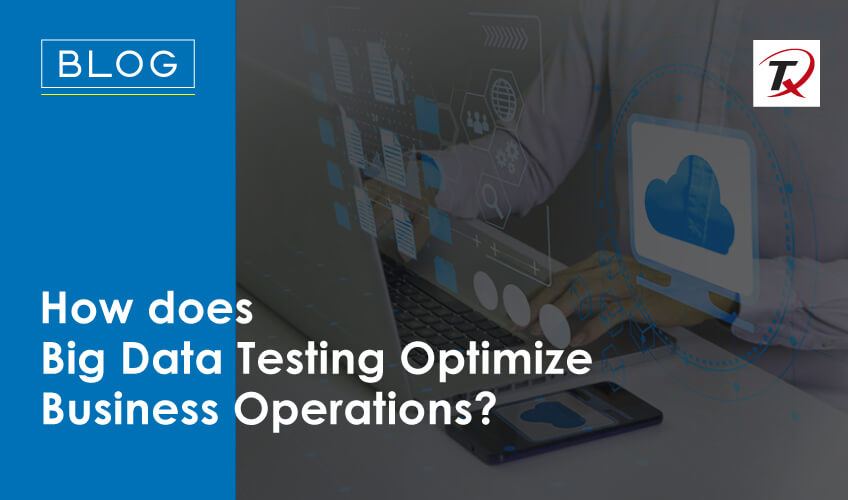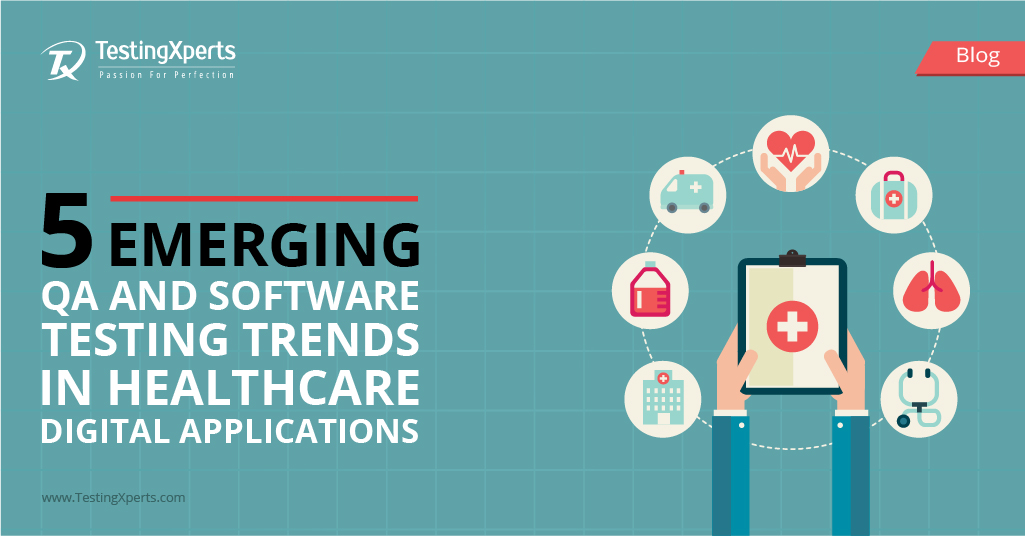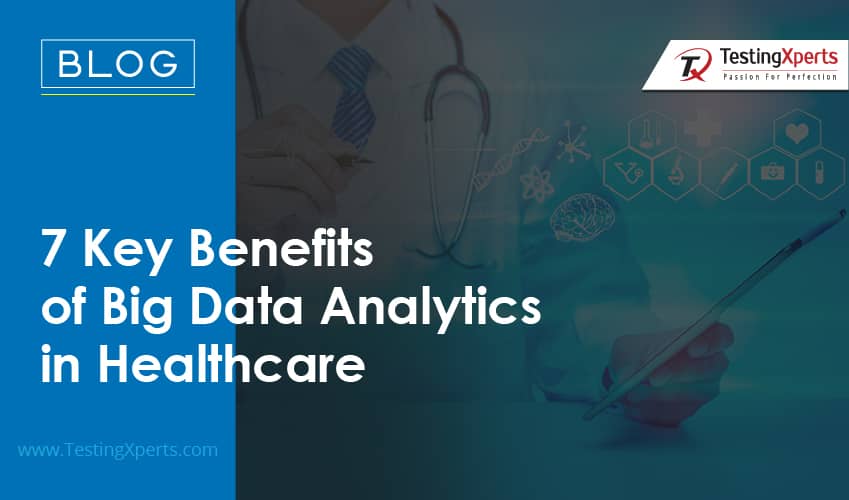
- Big Data Analytics in Healthcare
- 7 key benefits of using Big Data Analytics in Healthcare
- Improves patient healthcare
- Predicts patients at higher risk quickly & efficiently
- Eases patient diagnostics with EHRs
- Ensures to reduce overall healthcare costs
- Delivers greater insights into patient cohorts
- Enables improved healthcare with fitness devices
- Generates real-time alerting
- Conclusion
In today’s world, it is a fact that digitization has been adopted across industries such as telecom, banking, pharmaceuticals, healthcare, FinTech, EdTech, etc. The adaptation of digitization of healthcare has more significance than other sectors as it contains the medical data related to patients, their diagnosis, treatment schedules, imaging results etc. which generates huge volumes of data which has been collectively named as big data.
Big Data Analytics in Healthcare
Typically, this big data refers to the abundant health data amassed from numerous ways of electronic health records (EHRs), medical imaging, genomic sequencing, X-rays, and diagnostic reports, etc.
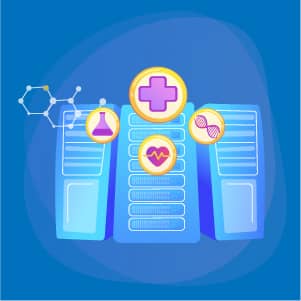
This statistical analysis or the big data analytics helps to predict hidden information and this healthcare analytics has the potential to deliver numerous advantages to patients.
This big data analytics in turn helps to improve patient care and also improve the quality of life in an effective way. Some of the major sources of big data for healthcare include generic databases, wearable devices, EHRs, smart phones data, various patient portals, various fitness devices, to name some. However, it is evident to note that with the diversity of this healthcare data due to its formats, types, and context, it is really difficult to merge into conventional databases.
Big data Analytics Stats

According to Allied Market Research, Big data analytics in healthcare is the complex process of examining big data to discover information including hidden patterns, market trends, unknown correlations, and customer preferences, which can help organizations to make informed clinical and business decisions.
The global big data analytics in healthcare market size was valued at $16.87 billion in 2017, and is projected to reach $67.82 billion by 2025, growing at a CAGR of 19.1% from 2018 to 2025.
Hence, by using new technological improvements like Big data analytics, the enormous volumes of big data in healthcare are converted into useful, and actionable information that continues to deliver great insights to doctors, healthcare providers and patients in an effective way. The usage of big data analytics in healthcare brings about lot of positive and life-saving patient outcomes. Leveraging big data analytics in healthcare brings in many more benefits which have been detailed below.
7 key benefits of using Big Data Analytics in Healthcare
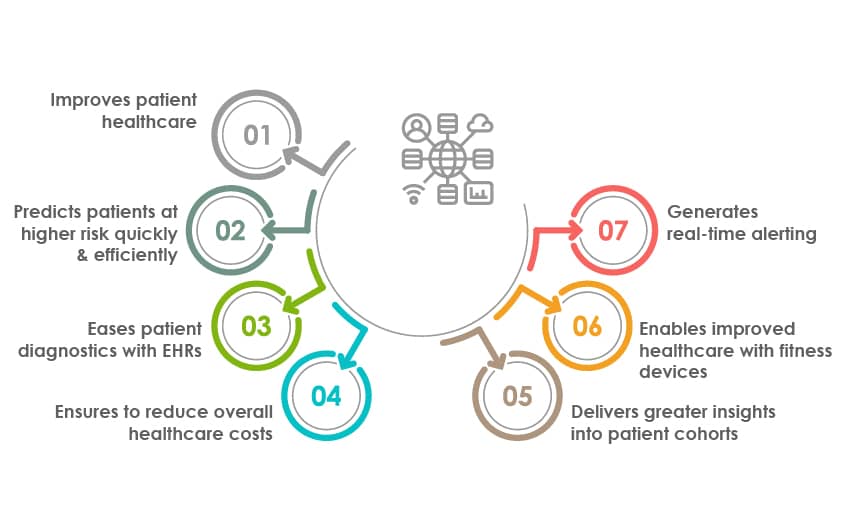
1. Improves patient healthcare:
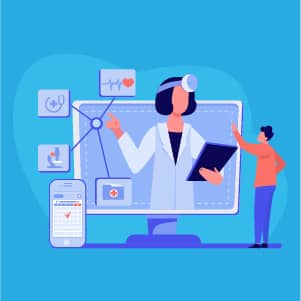
The significant benefit from the knowledge derived from big data analytics delivers greater clinical insights to various healthcare providers. These cutting-edge analytics improves patient care in the healthcare system as this data facilitates doctors to prescribe effective treatment and make clinical decisions more accurate further eliminating any ambiguity involved in the treatment.
Big data analytics seems to bring in a change in healthcare which is moving towards bringing in better patient outcomes as the data is used to discover which practices are most effective for patients.
2. Predicts patients at higher risk quickly & efficiently:

While considering the population-wide data for a particular area, specifically predictive analytics pinpoints which segment of the patients are at higher risk for diseases and hints for early intervention to protect them. This sort of prediction is more suitable for depictions with respect to certain chronic diseases.
Predictive analytics is drawn by aggregating data that are related to a variety of factors which includes patient’s medical history, demographic area data, socio-economic profile data, patient’s comorbidities existing in the area, etc.
3. Eases patient diagnostics with EHRs:

This is the most widespread application of big data in enabling effective patient diagnostics with every patient having their own electronic health records (EHRs). This EHRs includes the demographics, medical history, allergies of patients, diagnostic test results of current and previous illnesses along with other details.
These EH records are shared through secured information systems and are easily accessible by doctors and other healthcare professionals. They can access these files and the personal data cannot be modified but the diagnostics and treatment can be updated by the doctors. The EHRs can also trigger notifications alerting the patients about their forthcoming doctors or diagnostic visits and even track their prescriptions.
4. Ensures to reduce overall healthcare costs:
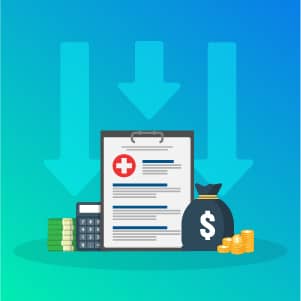
Healthcare providers can leverage the electronic health records (EHRs) which significantly helps to identify large patterns that lead to a greater understanding of patient’s health patterns. This in turn can essentially help cut costs by reducing unnecessary care or hospitalization.
Typically, the greater insights this analytics data gives to physicians truly translates to better patient care. This data also pinpoints them for shorter hospital stays, and in some cases for fewer admissions or re-admissions. This further helps patients with healthcare cost reduction due to lesser hospitalizations.
Moreover, by using predictive analytics, the data helps to estimate individual patient costs and helps to maximize healthcare efficiency enormously by carefully planning the treatment.
5. Delivers greater insights into patient cohorts:
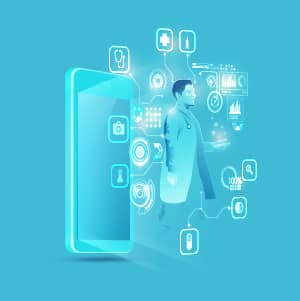
By analyzing healthcare big data, it draws a greater insight into patient cohorts that are at greatest risk for various illnesses, and in a way helps to take out some proactive prevention measures.
Interestingly, this sort of analytics data can effectively be used to educate, inform and carefully motivate patients to take the responsibility for their own wellbeing. Moreover, by bringing over the clinical data together, it helps to bring in more effectiveness into the patient treatment plans which ensures better patient outcomes.
6. Enables improved healthcare with fitness devices:
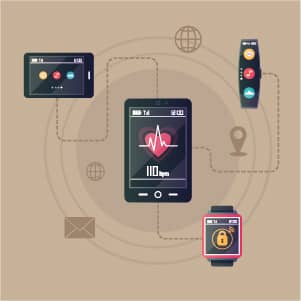
Today, many consumer fitness products are available like Fitbit, and Apple Watch, etc. which keep a track on the physical activity levels of the users. The data thus collected by numerous devices used by people is sent to cloud servers, which is categorically being used by physicians to know the overall health and can even accordingly plan for individual’s wellness programs.
This analytical fitness products user data is analyzed which can be accessed by physicians to know about their physical activity levels and the data can also be used to know about specific health-related trends.
7. Generates real-time alerting:
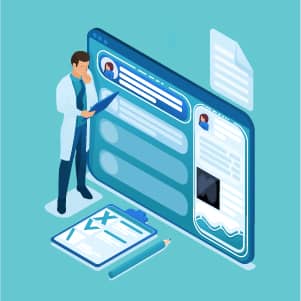
There are specific medical healthcare decision support software that analyzes medical data on the spot that deliver real-time alerting to help healthcare providers who in turn use that real-time data to deliver better prescriptive decisions.
Doctors, in order to reduce the patient visits to hospitals are insisting on patients to use wearables which will collect patient’s health data continuously and sends the data to cloud. This data is accessed by doctors to prescribe medicines based on the results and values.
Conclusion
In today’s competitive world, latest technologies like big data analytics, artificial intelligence, machine learning are being used by healthcare organizations to gain real-time patient insights with huge data available in place.
Specifically, by using big data analytics in healthcare, it empowers with actionable insights on patient’s data and outcomes and ensures to reduce overall healthcare costs, predict high risk patients more quickly, generate real-time alerting and so on.
Healthcare solutions providers must ensure that their applications are high-performing and delivering great customer experience by enabling end-to-end digital testing of these healthcare solutions by leveraging next-gen testing services (www.testingxperts.com).
Recommended Reading Blogs
1. Functional Testing – An Informative Guide for Beginners
2. DevOps – A Detailed Overview for Businesses
3. UAT Testing Complete Guide
4. Mobile Testing Practices You Should Know
5. What is Agile Methodology?
6. What is Smoke Testing and How to Perform it?
Related Queries on Big Data Analytics Testing?
Q1. What is meant by big data analytics?
Ans. The adaptation of digitization of healthcare has more significance than other sectors as it contains the medical data related to patients, their diagnosis, treatment schedules, imaging results etc. which generates huge volumes of data which has been collectively named as big data
Q2. What is big data analytics example?
Ans. Typically, this big data refers to the abundant health data amassed from numerous ways of electronic health records (EHRs), medical imaging, genomic sequencing, X-rays, and diagnostic reports, etc.
Q3. What is required for big data analytics testing?
Ans. There are various skills required for big data testing like analytical Skills, Data Visualization Skills and knowledge of business domain and big data tools.
Discover more
Get in Touch
Stay Updated
Subscribe for more info



